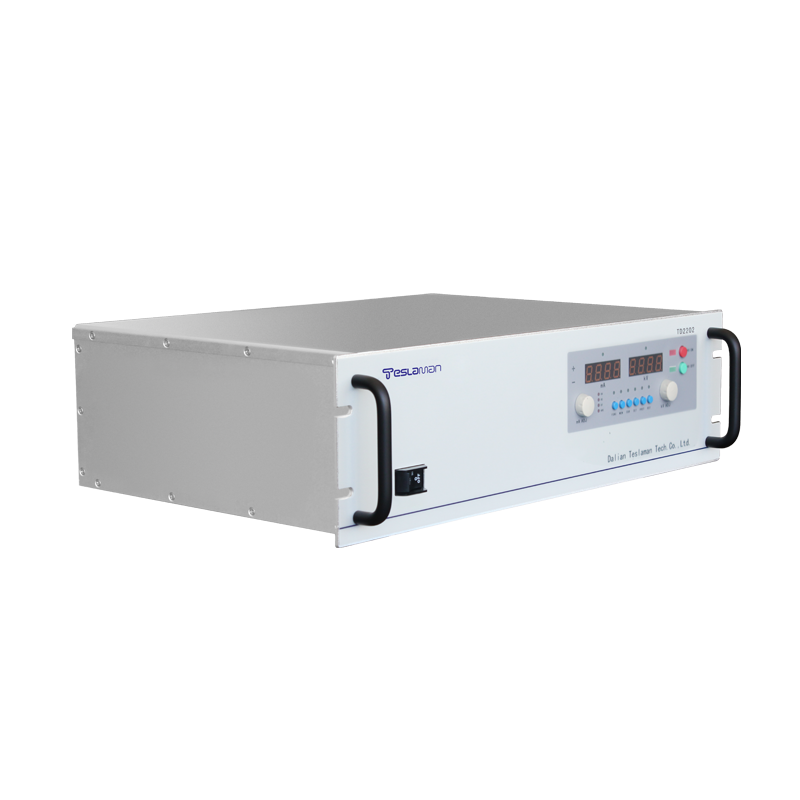Integrated Design Solutions for Compact High-Voltage Power Supplies
High-voltage power supplies are critical components in scientific instruments, medical equipment, industrial control, and communication systems, whose performance directly impacts the stability and efficiency of the entire system. In recent years, with the development of portable electronic devices and high-precision instruments, there has been an urgent demand for miniaturization, high efficiency, and high reliability in high-voltage power supplies. Integrated design has become a key technological path to achieve these goals.
Core Technologies for Integrated Design
Modern integrated design of compact high-voltage power supplies primarily relies on the following aspects:
1. Application of Wide-Bandgap Semiconductor Devices: Wide-bandgap semiconductor devices, represented by Silicon Carbide (SiC) and Gallium Nitride (GaN), are the core technologies driving the miniaturization of high-voltage power supplies. Compared to traditional silicon-based devices, they offer higher switching frequencies, lower on-resistance, and superior high-temperature operating characteristics. This allows power supplies to operate at much higher frequencies, significantly reducing the size of magnetic components (such as transformers and inductors) and filter capacitors, thereby increasing power density.
2. Modularization and Topology Optimization: Adopting an Input-Series Output-Series (ISOS) modular power conversion topology is an effective solution to address high-voltage challenges. This structure distributes the high-voltage output task among multiple low-voltage power modules working in concert, reducing the voltage stress on individual switching devices and improving system reliability and scalability. Furthermore, combining soft-switching technologies like resonant converters (e.g., LLC) can further reduce switching losses and electromagnetic interference (EMI).
3. Intelligent Control and Feedback Mechanisms: Integrated high-voltage power supplies necessitate advanced control algorithms. Using a Digital Signal Processor (DSP) or Microcontroller Unit (MCU) as the control core, and implementing multi-variable predictive control strategies such as fuzzy control and adaptive control, enables precise closed-loop regulation of output voltage and current, enhancing the system's dynamic response speed and stability. Additionally, integrating comprehensive protection functions—such as over-voltage, over-current, over-temperature, and short-circuit protection—ensures the safe operation of the power supply under various working conditions.
4. Thermal Management and Structural Innovation: Heat dissipation arising from miniaturization is paramount. Integrated design addresses this through optimized thermal paths, the use of high thermal conductivity materials, and the incorporation of temperature compensation mechanisms in system-level simulations. These measures ensure that critical components maintain good thermal performance even within confined spaces, thereby enhancing the power supply's lifespan and reliability.
Application Prospects and Challenges
Highly integrated compact high-voltage power supplies have broad application prospects in areas such as portable medical equipment (e.g., X-ray machines), spectrometers, electrostatic precipitators, capacitor charging and discharging, and laboratory instruments.
However, designers also face numerous challenges: Firstly, Electromagnetic Compatibility (EMC) issues—high-density integration and high-frequency switching can cause EMI, requiring mitigation through optimized layout, shielding, and filtering. Secondly, insulation and creepage distance—achieving high isolation withstand voltage (e.g., 6000 VDC) within an extremely small volume imposes stringent requirements on materials science and packaging processes. Thirdly, cost control—the cost of advanced devices like SiC still needs to decrease further to promote widespread adoption.
Conclusion
In summary, the integrated design of compact high-voltage power supplies is an interdisciplinary systems engineering effort that amalgamates various technologies including advanced power devices, optimized topologies, intelligent control, and precise thermal management. Through approaches like modularization, high-frequency operation, and digitization, it is possible to enhance power supply performance and reliability while reducing size, meeting the stringent demands that future electronic products will place on high-voltage power supplies.




















